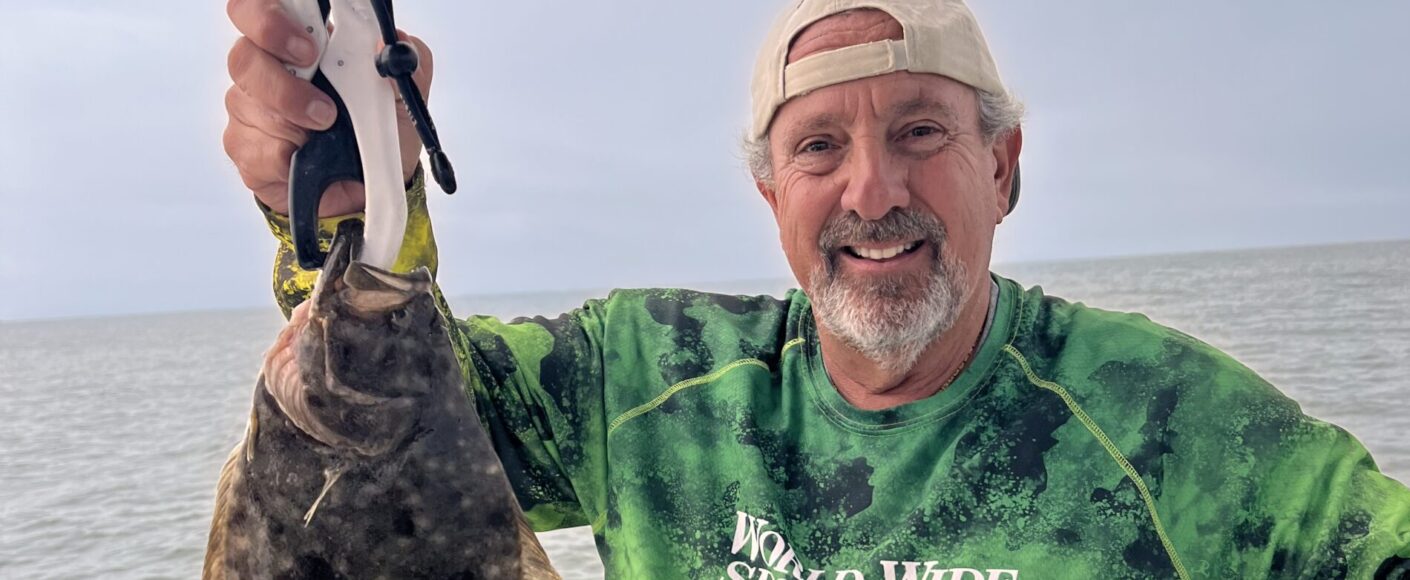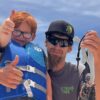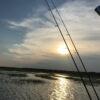Inshore Saltwater Fishing Tips: A Guide for Anglers of All Levels

Inshore saltwater fishing is one of the most rewarding and accessible forms of angling. Whether you’re casting from a pier, drifting across a coastal bay, or poling the flats, it offers exciting variety and the opportunity to catch prized species like redfish, speckled trout, snook, flounder, and tarpon.
Whether you’re a seasoned angler or just starting out, these tips will help you improve your success and make the most of your time on the water.
1. Understand Tides and Currents
Tides are the engine behind inshore fish activity. Moving water stirs up baitfish, which in turn attracts predators. Understanding how tides work—and how they affect your local waters—is crucial.
Incoming tide: Brings in cooler, oxygen-rich water, often triggering a feeding response.
Outgoing tide: Funnels bait into channels and drains, creating ambush points for game fish.
Use tide charts and mobile apps to plan your outings around these movement windows. Avoid slack tide periods, when water movement slows and fish activity often drops.
2. Match the Hatch
Successful anglers pay attention to what local fish are feeding on. “Matching the hatch” means choosing baits or lures that closely resemble natural forage.
On grass flats: Shrimp, pinfish, and mullet are common food sources.
Near marshes or mangroves: Finger mullet, crabs, and mud minnows are more typical.
Watch for baitfish jumping or birds diving—both are signs predators are nearby.
3. Use the Right Gear
You don’t need heavy tackle for inshore fishing. A well-balanced spinning setup is versatile and effective.
Rod: 7-foot, medium power, fast action
Reel: 2500 to 4000 size spinning reel
Line: 10–20 lb braided main line with a 15–30 lb fluorocarbon leader
This setup gives you the sensitivity to detect subtle bites, enough power to handle tough fish, and the distance needed to reach skittish targets.
4. Approach Stealthily
In shallow, clear water, fish are easily spooked. A quiet approach is often the difference between getting a shot and watching fish scatter.
Use a trolling motor or push pole when navigating close to fish.
Avoid loud noises—slamming hatches or heavy steps can ruin a spot.
Wear neutral clothing and polarized sunglasses to cut glare and spot fish more easily.
5. Understand Seasonal Patterns
Fish behavior changes with the seasons, so your tactics should too.
Spring/Fall: Fish are aggressive and responsive to faster-moving lures like topwaters.
Summer: Midday heat pushes fish to deeper or shaded areas; focus on early morning or evening bites.
Winter: Fish slow down and hold in deeper holes or sun-warmed flats. Use slower presentations.
Adapting to seasonal changes will dramatically improve your chances of success.
6. Master a Few Key Lures
Instead of overwhelming yourself with dozens of lures, focus on learning a few versatile ones well.
Soft plastics on jig heads: Imitate shrimp or baitfish and work almost anywhere.
Topwater plugs: Great for low-light conditions and explosive strikes.
Spoons: Flash and vibration make them ideal over grass beds.
Suspending twitch baits: Effective in colder water or when fish are sluggish.
Confidence and proficiency with a few proven lures will consistently outproduce a cluttered tackle box.
7. Respect the Resource
Healthy fisheries rely on responsible anglers. Follow all regulations, handle fish carefully, and practice catch and release when appropriate. Knowing slot limits and using proper gear helps protect future generations of both fish and anglers.
Final Thoughts
Inshore saltwater fishing offers endless opportunities for learning, excitement, and personal challenge. With the right knowledge, a solid game plan, and respect for the environment, you can become a more effective and responsible angler.
Looking to take your skills further? We’d love to get you on the water and show you some techniques firsthand.
Tight lines—and see you on the water!



